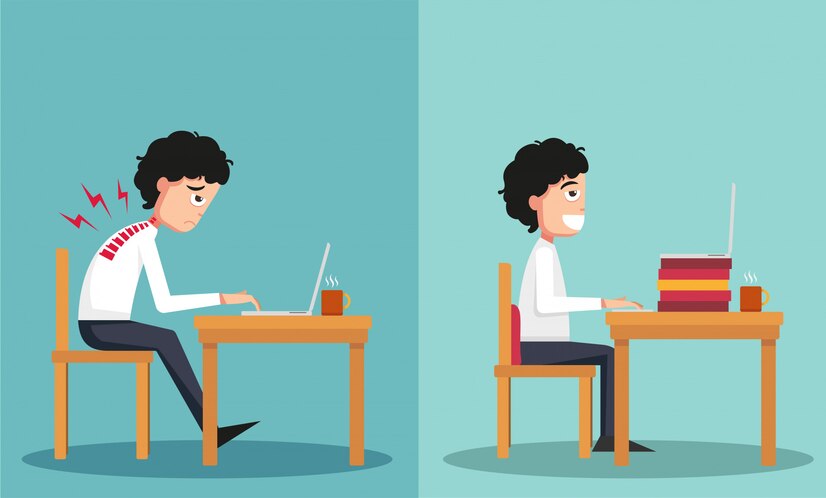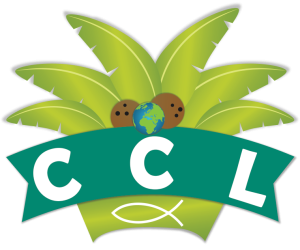
Good posture is crucial for maintaining a healthy body and preventing pain and discomfort. Various factors such as lifestyle, work habits, and even genetic predispositions influence our posture. Identifying your posture type can help you make necessary adjustments to improve your alignment and overall well-being. This guide will explore the five primary posture types, their characteristics, and how “Pain O Soma 350” (carisoprodol) can be used to manage pain associated with poor posture.
1. Normal (Neutral) Posture
Characteristics:
- Head: Aligned directly over the shoulders without tilting forward or backward.
- Shoulders: Level and relaxed.
- Spine: Natural curves in the cervical, thoracic, and lumbar regions.
- Hips: Even and level.
- Knees: Slightly bent.
- Feet: Pointing forward.
Benefits: Having a neutral posture is ideal as it places minimal stress on muscles and ligaments, reducing the risk of pain and injury. It promotes efficient movement and optimal function of the body’s systems.
Pain O Soma 350 and Neutral Posture: For individuals with a neutral posture who still experience occasional discomfort due to muscle tension or minor strain, Pain O Soma 350 can provide relief by relaxing the muscles and reducing pain.
2. Kyphosis (Rounded Upper Back)
Characteristics:
- Head: Tends to jut forward.
- Shoulders: Rounded and slumped.
- Spine: Excessive curvature in the upper back (thoracic spine).
- Hips: May be tilted forward.
Causes: Kyphosis is often caused by prolonged sitting, poor ergonomic setup at work, or carrying heavy loads. It can lead to upper back and neck pain.
Managing Kyphosis with Pain O Soma 350: Pain O Soma 350 can be used to alleviate muscle spasms and tension in the upper back and neck associated with kyphosis. Combining this medication with exercises that strengthen the upper back and stretch the chest muscles can help improve posture.
3. Lordosis (Swayback)
Characteristics:
- Head: Typically neutral.
- Shoulders: Pulled back.
- Spine: Excessive inward curvature of the lower back (lumbar spine).
- Hips: Tilted forward.
- Abdomen: Protrudes outward.
Causes: Lordosis can result from weak abdominal muscles, obesity, pregnancy, or wearing high heels regularly. It often leads to lower back pain.
Managing Lordosis with Pain O Soma 350: Pain O Soma 350 can help relieve lower back pain caused by lordosis by relaxing the muscles and reducing spasms. Exercises focusing on strengthening the core and stretching the lower back and hip flexors are also beneficial.
4. Flat Back
Characteristics:
- Head: May lean forward.
- Shoulders: Rounded.
- Spine: Reduced natural curve in the lower back.
- Hips: Tilted backward.
- Knees: Often hyperextended.
Causes: Flat back posture can arise from prolonged sitting, poor postural habits, or muscular imbalances. It can cause back pain and difficulties standing for extended periods.
Managing Flat Back with Pain O Soma 350: Pain O Soma 350 can assist in managing pain associated with flat back posture by addressing muscle tension and discomfort. Strengthening the lower back and core muscles while stretching the hamstrings and hip flexors can help restore natural spinal curvature.
5. Swayback
Characteristics:
- Head: Forward position.
- Shoulders: Behind the hips.
- Spine: Pelvis is pushed forward, and the upper body leans back.
- Hips: Hyperextended.
Causes: Swayback posture is often due to weak abdominal muscles, tight hamstrings, and prolonged periods of standing or poor postural habits. It can lead to lower back pain and fatigue.
Managing Swayback with Pain O Soma 350: For individuals experiencing pain due to swayback posture, Pain O Soma 350 can help alleviate muscle pain and spasms. Incorporating exercises that strengthen the core and glutes and stretch the hamstrings and hip flexors can significantly improve alignment.
Pain O Soma 350: An Overview
Pain O Soma 350 (carisoprodol) is a muscle relaxant used to treat pain and discomfort from musculoskeletal conditions. It works by blocking pain signals between the nerves and the brain, providing relief from muscle spasms and tension. Here’s how it can assist with posture-related pain:
- Muscle Relaxation: Relieves tension and spasms in muscles that are strained due to poor posture.
- Pain Relief: Reduces pain, allowing individuals to engage more comfortably in corrective exercises and physical therapy.
- Improved Sleep: Alleviates discomfort that might interfere with sleep, aiding in recovery and overall well-being.
Integrating Pain O Soma 350 with Posture Improvement
Consult a Healthcare Provider: Before starting Pain O Soma 350, it’s crucial to consult with a healthcare provider to ensure it’s appropriate for your condition and to discuss any potential side effects or interactions with other medications.
Combine with Physical Therapy: Pain O Soma 350 should be part of a comprehensive treatment plan that includes physical therapy and posture-corrective exercises. Physical therapists can provide tailored exercises to strengthen weak muscles and stretch tight ones, promoting better alignment.
Maintain Ergonomics: Adjusting your work and home environment to support good posture is essential. Use ergonomic chairs, maintain proper desk height, and take frequent breaks to avoid prolonged static postures.
Conclusion
Understanding your posture type is the first step toward making positive changes that can alleviate pain and improve overall health. Whether you have a neutral posture, kyphosis, lordosis, flat back, or swayback, integrating proper exercises and using medications like Pain O Soma 350 under medical guidance can significantly enhance your quality of life. Remember, maintaining good posture requires a holistic approach, including physical activity, ergonomic adjustments, and when necessary, pain management strategies. Always consult with healthcare professionals before starting any new treatment or exercise regimen.



















